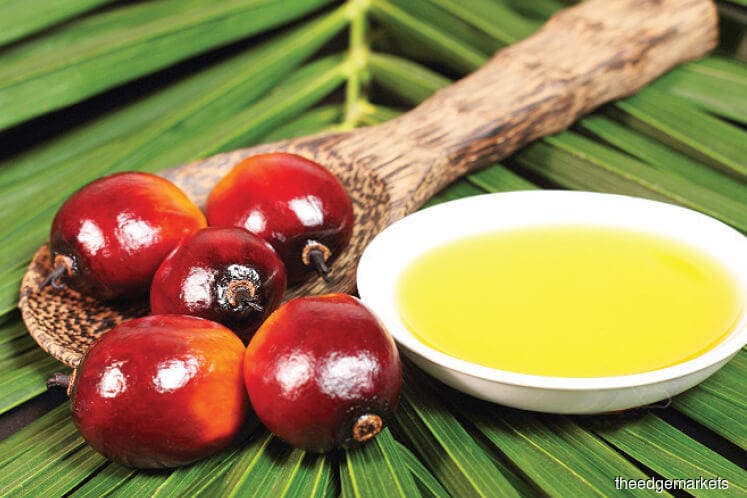
This article first appeared in The Edge Financial Daily on December 28, 2018
KUALA LUMPUR: Depressed prices for palm products weighed on the performance of plantation stocks this year, but this was overshadowed by weakness in the other sectors, as well as events that followed the change in government.
The price of CPO (crude palm oil) has fallen 26% from RM2,486 per tonne at the start of the year to RM1,830 per tonne for November, according to the Malaysian Palm Oil Board.
The low prices have had a significant impact on the earnings of plantation players such as Sime Darby Plantation Bhd, which saw pre-tax profit of its upstream operations plunge 59% to RM125 million for the quarter ended Sept 30, 2018, from RM304 million a year ago.
The group attributed the weaker performance to lower average CPO price realised for the quarter of RM2,223 per tonne compared with RM2,730 per tonne a year ago, as well as lower average palm kernel price of RM1,767 per tonne versus RM2,162 per tonne previously.
Kuala Lumpur Kepong Bhd did not escape unscathed, posting a 58% decline in net profit for the fourth financial quarter ended Sept 30, 2018 to RM101.5 million from RM242.12 million a year ago, while IOI Corp Bhd saw its first-quarter net profit plunge 60% year-on-year to RM143.8 million.
But the company that took the biggest hit in terms of share price was IJM Plantations Bhd, which saw its share price halve to RM1.38 this year.
Other plantation firms that have also seen double-digit declines in their share prices since the start of the year include Sarawak Oil Palms Bhd (down 48%), TSH Resources Bhd (down 42%), Hap Seng Plantations Holdings Bhd (down 36%) and Boustead Plantations Bhd (down 41%).
The decline in CPO prices has been blamed on high inventory levels in Malaysia and Indonesia, coupled with low demand.
In November, Malaysian palm oil stocks rose 10.5% to 3.01 million tonnes – the highest in nearly 20 years – from 2.72 million tonnes in October.
Analysts have said that the high production levels and the continued weakness in global demand will lead to a continued increase in palm oil inventory, placing continued pressure on CPO prices going forward.
On the other hand, some industry players have said that CPO prices have since bottomed out, expecting prices to trend higher in the first half of 2019 as demand is expected to pick up due to seasonal factors such as the Chinese New Year and Aidilfitri celebrations.